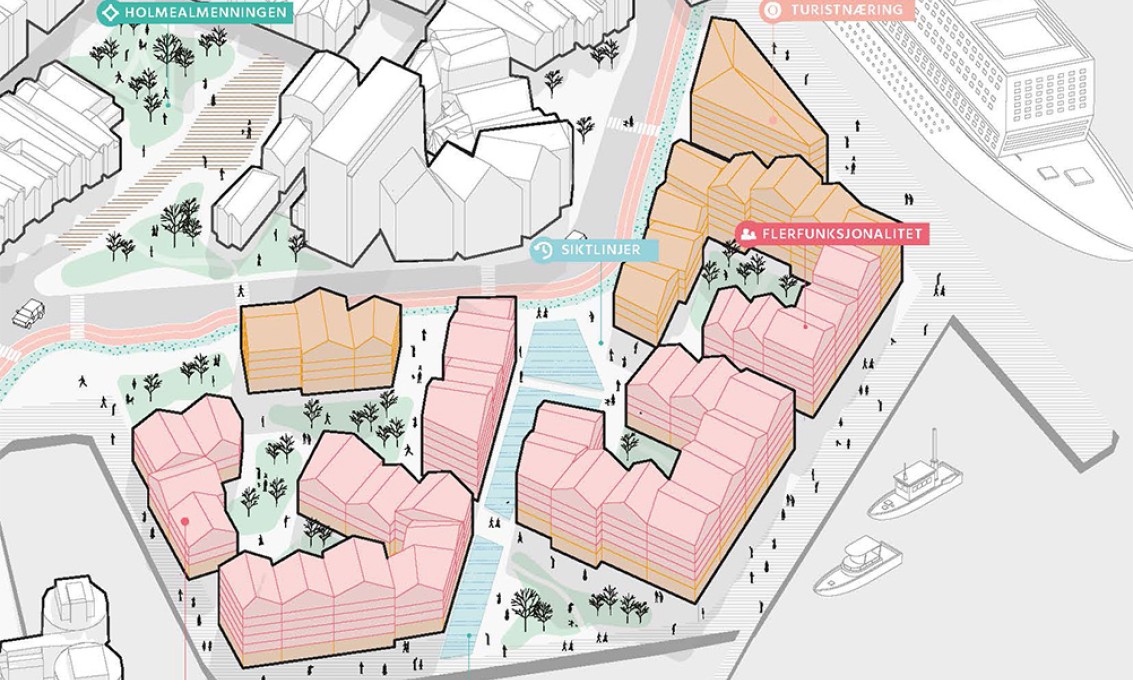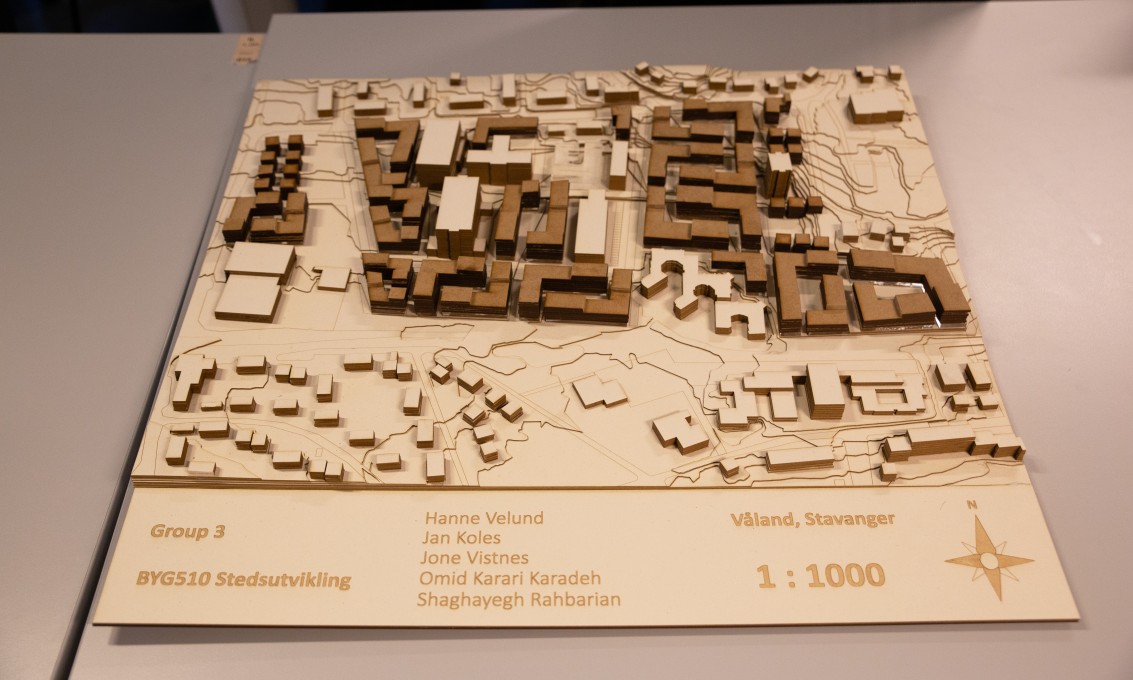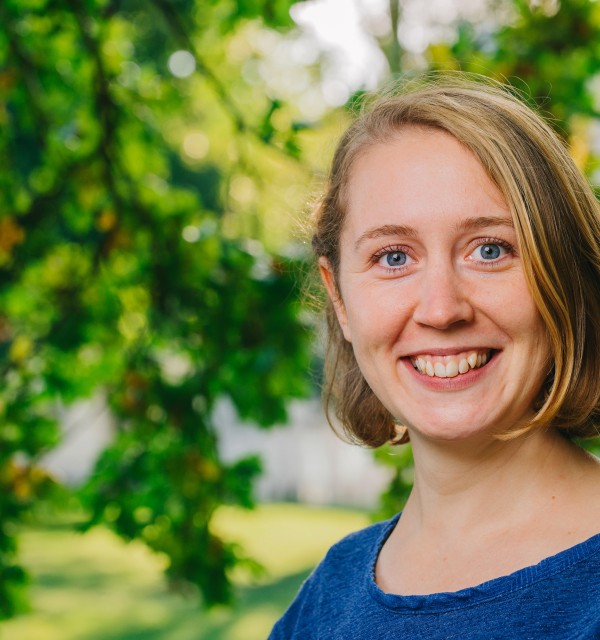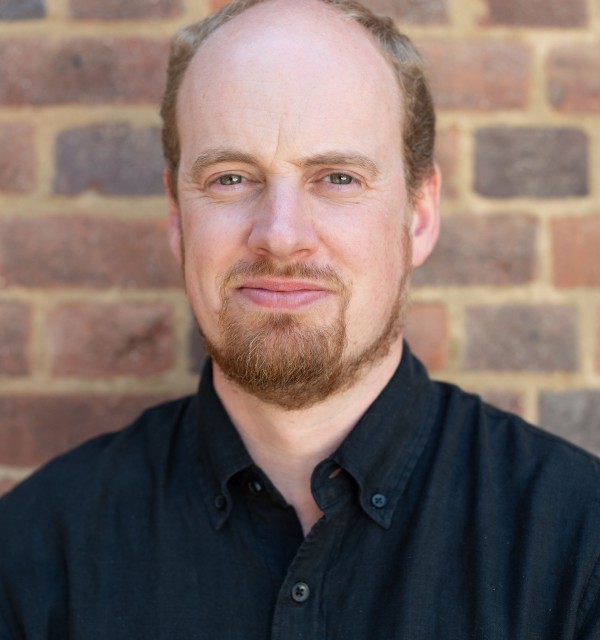Are you interested in how cities can become more sustainable, efficient, safe and livable? This programme qualifies you to understand and shape the cities of the future.
2 years (4 semesters)
120
English
August every year

Cities and urban areas are growing fast. There is an increasing need for urban planners who understand sustainable urban development and design. Urban planners with technical insight and design understanding are therefore needed to ensure sustainable urban development of livable and smart cities. The cities of the future must be resource and energy efficient, and have smart solutions for buildings, transport and infrastructure.
Would you like to design buildings, public spaces and neighbourhoods? This master programme focuses on place making, spatial analysis, conceptual development and design, planning processes, infrastructure and communities, and renewable energy solutions.
You will choose between elective packages on sustainable urban development and mobility, renewable urban energy, or urban safety and resilience. Experience with spatial planning and related drawing software is highly recommended.
Are you interested in combining design with technical and social issues? Then this can be the programme for you. You will study with international students with different backgrounds from planning, civil engineering and architecture.
A bachelor’s degree within planning, civil engineering, architecture, or equivalent. The degree must include minimum 30 ECTS credits in physical planning, city and regional planning, landscape engineering, environmental or urban management, transport planning, technical planning, or equivalent. Supplementary rules for admission (pdf)
Application and admission
Contact
For inquiries regarding admission to international Master's programmes, send an email to: admissions@uis.no.
Student life at UiS
Frequently asked questions
What is urban planning, really?
Urban planning includes all activities that develop and shape the places we live in. It requires knowledge of, among other things, built surroundings, outdoor spaces, people, travel, public affairs, finances and politics.
Urban planning includes work with smaller urban and street spaces. neighborhoods and entire cities or regions. How cities are designed and used is considered a very important part of sustainable development. Most greenhouse gas emissions occur in cities. Therefore, large parts of the solution are also there.
Urban planning is to facilitate reduced emissions through, among other things, area and transport planning. If you choose urban planning, you will work with meaningful tasks.
Do I have to be good at drawing when I study urban planning?
No! You will use drawing and CAD in the daily work with tasks. Planning work involves placing and designing surroundings, and it is important to be able to present work graphically, using drawings, maps, digital plans and illustrations. You will receive training in this during your studies.
Is the study program in English?
In the two-year master's program in urban planning / city and regional planning, Norwegian and international students work together, so all teaching takes place in English. It is possible to write the master's thesis in English or Norwegian.
Where can I work, and what can I work on when I study urban planning?
You can work on making physical plans or describe how an area should be developed. You do not have to work in a big city. You can get a job in public agencies (eg municipalities, county municipalities, the Norwegian Public Roads Administration, etc.) or private companies that solve planning tasks (eg consulting companies, engineering / architectural offices, real estate developers, contractors, etc.).
Contact
Faculty Administration TN
Kontor for utdanningsadministrative tjenester
Department of Safety, Economics and Planning




